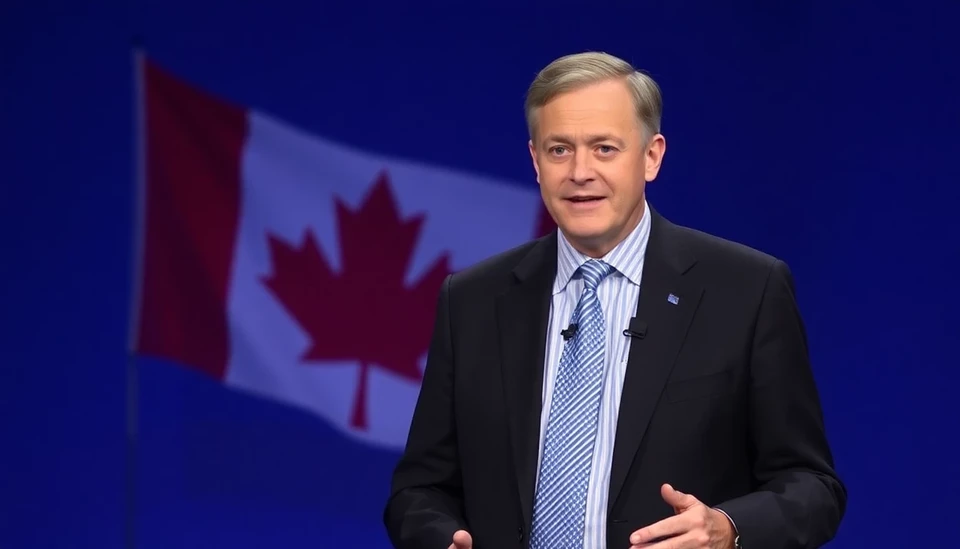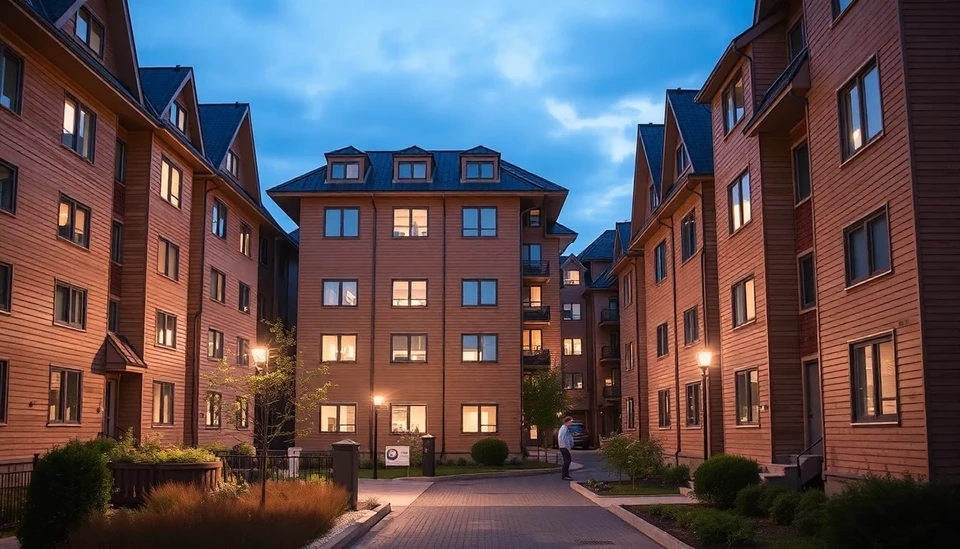
In a bold move to address the worsening housing crisis in Canada, former Bank of Canada governor and current UN Special Envoy for Climate Action, Mark Carney, has pledged to resurrect a homebuilding strategy reminiscent of Canada’s wartime efforts. This initiative aims not only to tackle the acute shortage of affordable housing but also seeks to foster a more sustainable and resource-efficient future.
During a recent conference, Carney underscored the urgency of the current situation, revealing that Canada is grappling with a significant shortfall of approximately 3.5 million homes by the year 2030. This staggering deficit has driven rental prices and home costs to unaffordable heights, creating distress for millions of Canadians who find themselves without viable housing options. The need for a robust housing strategy has become increasingly critical as the population grows and urban areas become more populated.
Carney's proposed plan draws upon Canada’s historical practices during World War II, when the government undertook a massive mobilization to build homes for military families and returning veterans. By leveraging this historical context, he hopes to inspire both public enthusiasm and government action in revamping housing policies. The strategy involves building a coalition between federal and provincial governments, industry leaders, and financial institutions to create a cooperative framework that can expedite the housing supply chain.
To achieve these ambitious goals, Carney’s initiative emphasizes key factors including sustainability, efficiency, and inclusivity. He advocates for the integration of eco-friendly materials and energy-efficient designs to not only meet the housing need but also contribute positively to climate goals. This innovative approach aims to create not just houses, but vibrant communities that are aligned with Canada’s commitment to a greener planet.
In practical terms, Carney’s plan outlines a detailed roadmap that could turn the vision into reality. This includes streamlining permitting processes, encouraging private investments in housing, and boosting the capacity of local construction companies. Furthermore, he suggests harnessing technology and modern construction techniques to improve building processes and reduce costs.
The revival of this wartime-era strategy also appears as a potential solution to counteract the growing frustration among Canadians regarding government inaction on housing. Carney recognizes that while the federal government has made attempts to address the crisis, the pace and scale of the response have fallen short of what is required. By rallying all stakeholders, he hopes to create a coordinated effort that can meet and exceed housing demands.
Despite the challenges ahead, Carney remains optimistic that with collective resolve and innovative approaches, Canada can overcome its housing crisis. He envisions a future where affordable housing is accessible to everyone, enabling Canadians of all backgrounds to thrive. This ambitious initiative not only addresses immediate housing needs but positions Canada as a leader in sustainable urban development.
As the discussions develop, it remains to be seen how all involved parties will respond to Carney’s call to action and whether this wartime-building strategy can truly take shape in the modern context. Nevertheless, the conversation it sparks is vital, reminding Canadians of the importance of collaboration in overcoming significant societal challenges.
In conclusion, Mark Carney’s commitment to reviving Canada’s wartime homebuilding strategy stands at a crucial intersection of housing equity and sustainability. As he rallies support for this innovative approach, many are eager to see how it will unfold and impact the future of housing in Canada.
#HousingCrisis #Canada #MarkCarney #Homebuilding #Sustainability #AffordableHousing #RealEstate #UrbanDevelopment
Author: Daniel Foster




